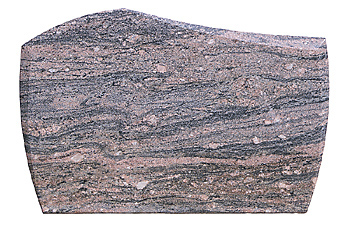Marble Fireplace Designs
April 24th 2010 Posted at fireplace designs
0 Comments 
For many years the Romans have used marble for many of their fine creations. Today it has become increasingly common to use marble in fireplace mantels and surrounds as well as incorporating marble directly into fireplace designs. The cost for marble however has caused some to turn their heads the other way since it doesn’t come cheap. The price to get a marble fireplace mantel can go up into the 4 figure range if it is complex. Some people will purchase marble statues or other decorative pieces as well to match the fireplace to increase the value and feel of a home. Sometimes remodeling a fireplace is going to just be the best option even though the cost might be a bit high.
If you have been thinking of building a marble fireplace, then you have much in the way of preparation. Some people have stumbled upon beautiful antique marble fireplaces when moving into older homes. Cleaning and restoration however is one of the tougher things required, and can also be very time consuming.
Back to the cost which is probably why you are considering marble in the first place can be purchased at a few inexpensive locations. First off if you will be looking to complete an existing fireplace mantel then you may want to look into fireplace surround facing kits. However if you are going the whole 10 yards with it then you may look at getting an importer from China to save you some serious cash. Locally you might pay up to 3 times as much as it might cost you to ship it overseas direct. These are the types of savings that allow you to focus on other aspects of your home.
If you are ordering online, you also might want to look at savings and coupon code sites which will give you discounts for home depot and Lowes which will be essential when purchasing the adhesive, or other products needed to complete the job. Remember to get multiple quotes from builders and if you plan on doing the job yourself, look at several places to compare pricing on materials. Also be sure to check and make sure your home is in compliance with any local laws or regulations governing the construction of fireplaces.

We are sure that you will enjoy your new fireplace once it is completed just as much as anyone else, but safety and quality should be your top priorities overall so you have a thing of beauty in the end.
